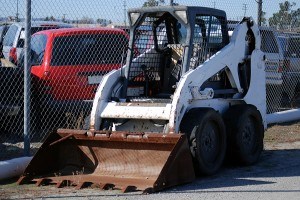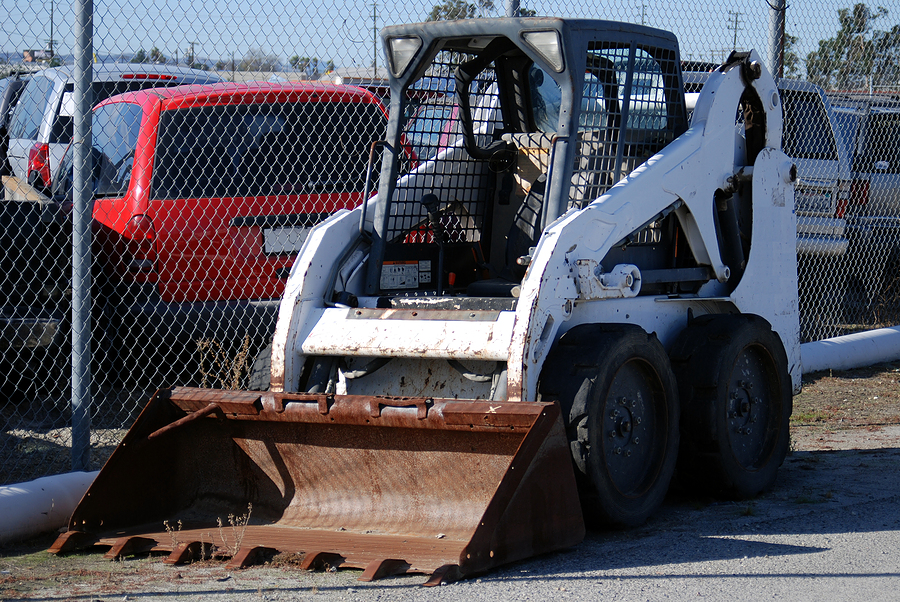Because each salvage claim is unique, handling salvage recovery can be difficult and organization is the key to optimizing recoveries, according to one expert in the field.
Chad Farrell has handled salvage recoveries ranging in value from $50 to $25 million. The managing partner of Tru-Markets, an online marketplace for buyers and sellers of commercial salvage, says there are many facets to a salvage recovery claim.
“There are a lot of variables and factors that make a file unique including the claimant, material and equipment types, the location of the salvage, and, of course, the damage – it could be fire, flood, temperature, contamination – you name it, but it makes every file unique,” Farrell said during a recent webinar on the subject.
In order to effectively manage salvage, Farrell recommended eight tips to supercharge salvage recoveries:
- Have a checklist
- Work closely with experts
- Pictures are valuable
- Create a competitive bidding process
- Services can increase value
- Speed is critical
- Online tools
- Timing is everything
According to Farrell, a checklist helps manage the salvage process. “Manage salvage like it’s a product,” he advised.
To maximize recovery, the checklist should include inventory and description, photos, title and invoice documentation, storage location with contact and fee information, inspection and survey reports, market evaluation and qualified bidder information and a bid package posted online with a deadline to respond.
When a bid has been accepted, the sale needs to be executed, funds collected, salvage picked up, report completed, and documentation filed.
According to Farrell, the checklist can be further divided into three buckets:
- Information gathering in order to show buyers the true value of the salvage item
- Marketing and selling so that the appropriate buyers are bidding
- Documenting the file completely after transaction has been processed
Farrell said that experts can provide insight on the value of the salvage to both adjusters and buyers. An expert can be the insured, surveyors, salvors, the manufacturer, inspectors or a storage company.
Photos are extremely important since interested bidders may not be local. “Because each commercial claim is unique,” Farrell said. “You want to show damage and value.”
Care should be taken to photo specifications and name plates on a salvage items. Damage photos are important, too. “You don’t want buyers to assume the worst,” said Farrell. Instead, taking several photos shows buyers the true value of the salvage item. “Pictures of the damage can show buyers what can be reused and has value, so they can bid accordingly,” Farrell said.
Getting quality photos saves time. “Buyers will not have to spend the time and money to go look at the salvage and they likely will not call you with a lot of questions,” said Farrell.
To put together a competitive bidding process he recommended having a tight bid package and a market and execution strategy. Also, look for potential buyers using already established contacts and Internet searches. “You need to find buyers who specialize in buying your type of salvage,” Farrell said.
In addition, allowing the insured to bid on a salvage item and getting multiple bids will ensure a competitive salvage recovery. “The insured has the most knowledge about the salvage in many cases,” Farrell said. “They also may be able to reuse some parts of the salvage and many times it is in their possession – so with all of those factors they can usually pay the most for the salvage.”
While it may seem counterintuitive to spend money to put salvage out to bid, Farrell said it can be a wise investment. Spending money on the inspection and testing of a salvage item, according to Farrell, will provide a “pretty good increase in bid value, about 50 percent for testing.”
Other services like inventory prep and storage can drive bids for higher value.
Speed is an important aspect of the salvage process because storage costs can exceed the market value of the salvage item, Farrell said. Always try to negotiate storage fees, he said. In addition, parts and inventory can disappear or go missing. “I have seen many cases where some of the most valuable parts that were undamaged were removed from a piece of salvage,” said Farrell. Perishable items and technology can decrease in value quite a bit, he said.
Placing salvage in an online market place has several advantages. According to Farrell, there were 4.1 million searches for salvage each month as of October 2011 per Google keywords tool search. Advantages of an online market place include:
- Global exposure
- Efficient communications
- Real time bidding
Farrell warned of high fees associated with some online auction tools.
In terms of timing, he recommended not ending a bid on a Monday, Friday or a holiday when potential buyers could be distracted or out of town. A good length of time for a bid to be open is a week or two. The location of salvage becomes important since bidders may be in different time zones, Farrell said. He also recommended using an overtime tool. It extends the bidding time whenever a new bid is placed.
Was this article valuable?
Here are more articles you may enjoy.


 Congo Sues Apple Alleging ‘Pillaged’ Minerals in Products
Congo Sues Apple Alleging ‘Pillaged’ Minerals in Products  US House Task Force Releases ‘Blueprint’ for Federal AI Responsibility
US House Task Force Releases ‘Blueprint’ for Federal AI Responsibility  Becton Dickinson to Pay $175 Million to Settle SEC Probe
Becton Dickinson to Pay $175 Million to Settle SEC Probe  Texas Accuses Allstate-Owned Arity of Data Privacy Violations
Texas Accuses Allstate-Owned Arity of Data Privacy Violations 